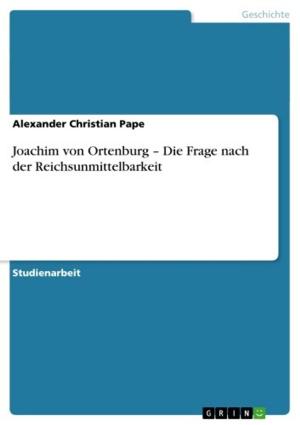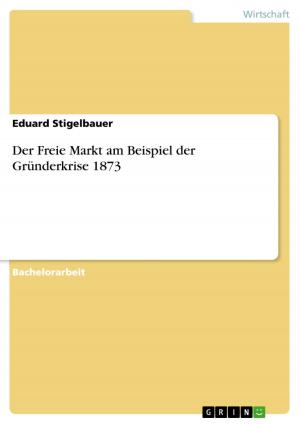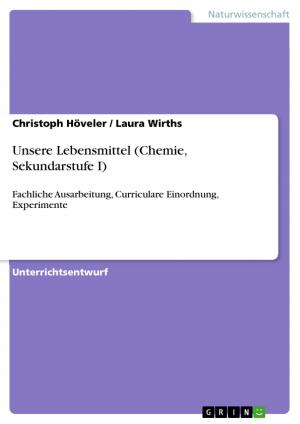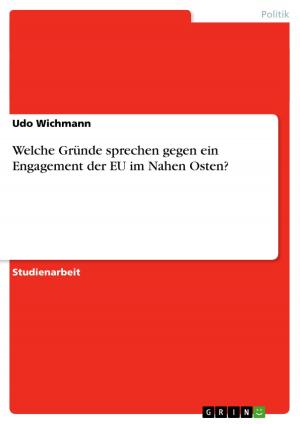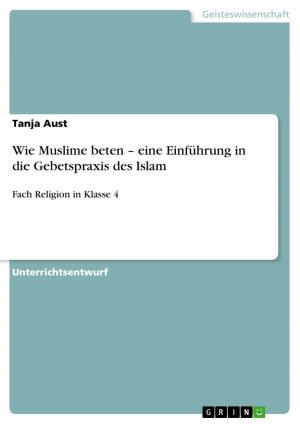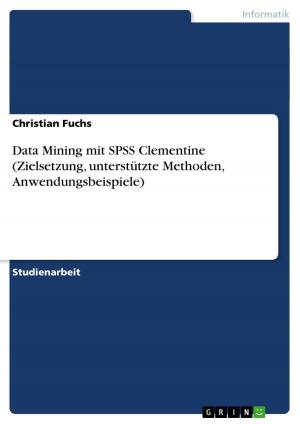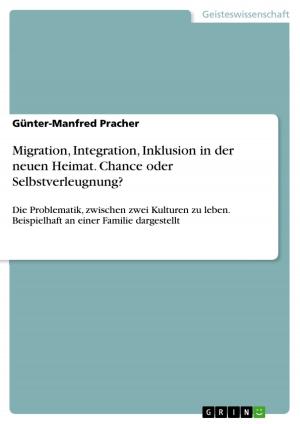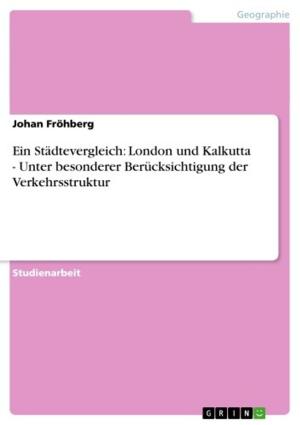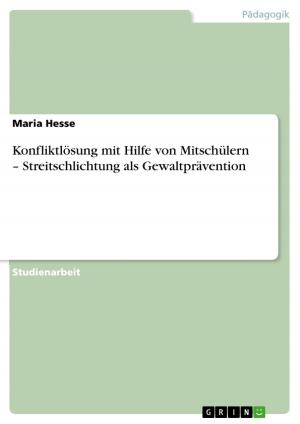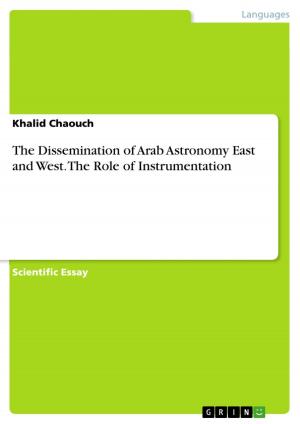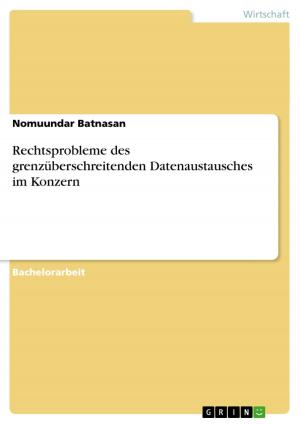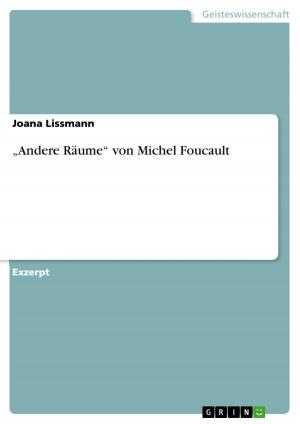Overcoming binaries - Creative approaches to 'Antony and Cleopatra' in feminist and post-structuralist theory
Creative approaches to Antony and Cleopatra in feminist and post-structuralist theory
Fiction & Literature, Anthologies| Author: | Eva Schlör | ISBN: | 9783640161928 |
| Publisher: | GRIN Verlag | Publication: | January 1, 2008 |
| Imprint: | GRIN Verlag | Language: | English |
| Author: | Eva Schlör |
| ISBN: | 9783640161928 |
| Publisher: | GRIN Verlag |
| Publication: | January 1, 2008 |
| Imprint: | GRIN Verlag |
| Language: | English |
'Ja, diese Cleopatra ist ein Weib, in der holdseligsten und vermaledeitesten Bedeutung des Wortes.' (Heine 1978: 57) This statement - having been published in 1838 - lacks both the scientific objectivity and the political correctness that we today consider crucial for any literary criticism. Yet while already containing the important aspects: the dichotomy 'holdselig' vs. 'vermaledeit', it stresses the importance of the female protagonist and considers her a prototype of 'the female'. Many critics followed the German poet and important critic of the time (who was far from limiting his criticism to literature) in all three points. The aim of this paper is to discuss feminist approaches to the play - most prominently the one of Coppélia Kahn - and to point out ways in which post-structuralist theories could complement these approaches. I will base my argumentation on the Arden edition of Antony and Cleopatra, mostly because the annotations allow for a comparison of the text to Shakespeare's source, Plutarch. The changes, the varying importance given to events, passages and dramatic intention - these all turn out to be extremely helpful.
'Ja, diese Cleopatra ist ein Weib, in der holdseligsten und vermaledeitesten Bedeutung des Wortes.' (Heine 1978: 57) This statement - having been published in 1838 - lacks both the scientific objectivity and the political correctness that we today consider crucial for any literary criticism. Yet while already containing the important aspects: the dichotomy 'holdselig' vs. 'vermaledeit', it stresses the importance of the female protagonist and considers her a prototype of 'the female'. Many critics followed the German poet and important critic of the time (who was far from limiting his criticism to literature) in all three points. The aim of this paper is to discuss feminist approaches to the play - most prominently the one of Coppélia Kahn - and to point out ways in which post-structuralist theories could complement these approaches. I will base my argumentation on the Arden edition of Antony and Cleopatra, mostly because the annotations allow for a comparison of the text to Shakespeare's source, Plutarch. The changes, the varying importance given to events, passages and dramatic intention - these all turn out to be extremely helpful.

